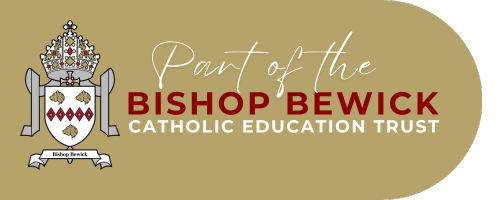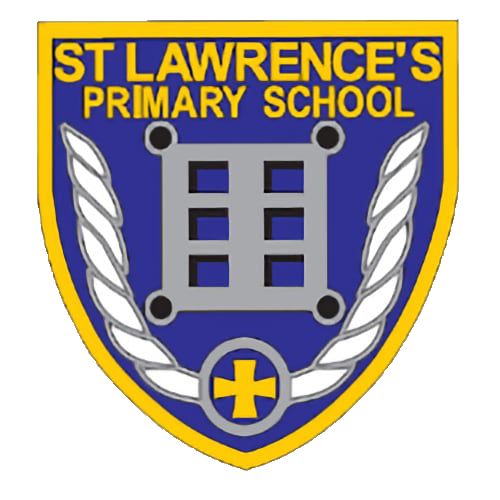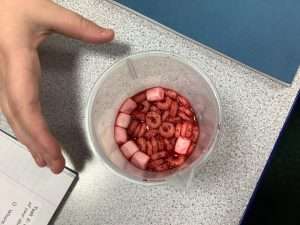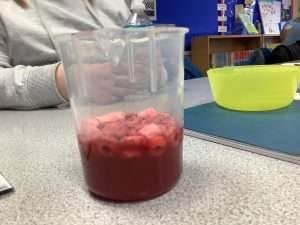Year 6 make blood!
- mashtont

- Nov 23, 2021
- 1 min read
As part of our look at the circulatory system in humans, year 6 class had the opportunity to find out what is actually in blood – and make blood in their science lesson!
We used white marshmallows (to represent white blood cells), a handful of donut shaped cereal soaked in drops of red food dye (to represent red blood cells), a teaspoon of hundreds and thousands (to represent platelets) and diluted orange squash (to represent plasma).
We looked at the different roles the different parts of blood play. Plasma is the yellowish liquid portion of the blood that contains electrolytes, nutrients and vitamins and hormones as well as red blood cells, white blood cells and platelets.
Red blood cells carry oxygen from your lungs to your heart, and then to your muscles. They help to remove the carbon dioxide from the body. White blood cells protect the body from infections while platelets help the blood to clot if we are cut.
Plasma – 55% (90% water)
White blood cells – 0.05%
Platelets – 0.05%







